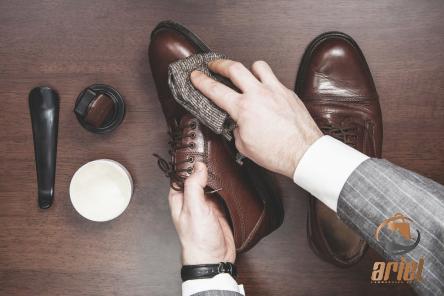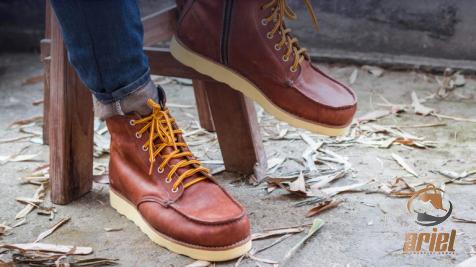Buy electrical safety shoes + Best Price
Insulating boots or dielectric boots are specified where there is a risk to the utility worker, cable jointer or linesman from the risk of electrical shock from LV MV HV low, medium or high voltage – the boots provide electrical protection according to their insulating property levels to stop electric current from being grounded
Dielectric boots are used for working on live electrical power systems – LV or HV electric current can be fatal or produce serious burns to workers caused by inadvertent cable strikes to buried underground power cables by drill, shovel, digging plant or mole

MV HV boots are effective live working safety shoes to protect utility workers against electrical hazards of step voltages – waterproof insulating boots with rubber soles for improved slip resistance in wet conditions for AC or DC voltages
Electrical safety shoes are required by OSHA to adhere to ANSI standards, according to the Occupational Safety and Health Administration (OSHA) (ANSI)
Electrical safety shoes that meet ANSI standards offer protection against compression and impact and have a protective toe
electrical safety shoes
For live work on low and high voltage cables, electrical safety shoes and equipment, and installations, such as in HV substations, when cleaning overhead lines, when joining live cables, when excavating near underground power cables, or during moiling, insulating boots are recommended
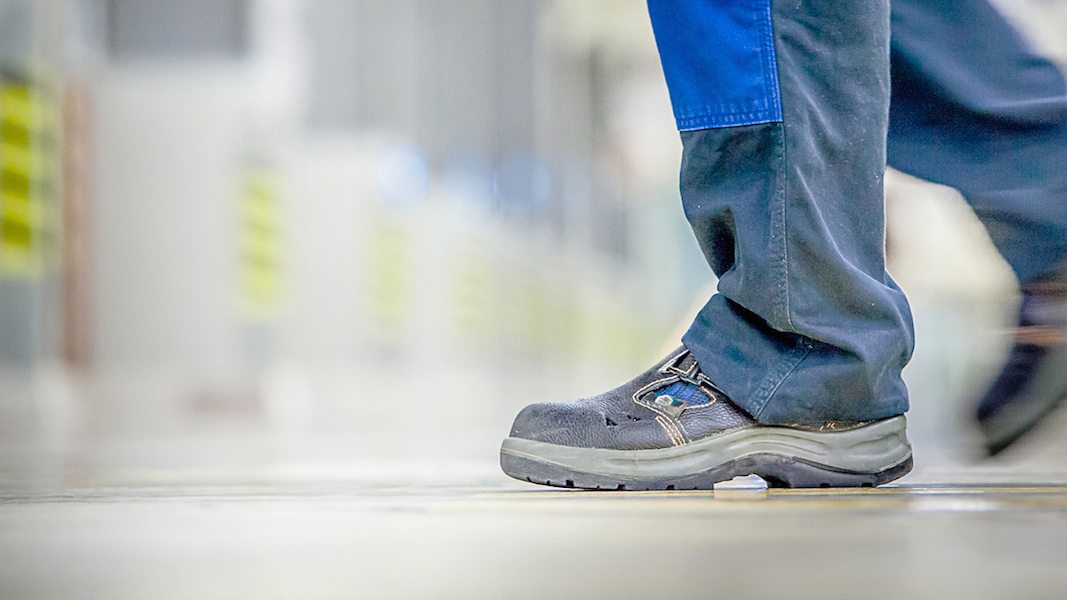
With a pair of waterproof composite toe work boots, you can keep on with your home improvement plans regardless of the weather
They are also risk-free for use around live wires
Dielectric boots are recommended for earthing testing and measurement on substations and overhead wires by UK utilities
Class 0 insulating for work up to 1000V AC, as well as LV MV HV (11kV and 22kV) applications, CATU insulating boots and safety shoes guard against step voltage and are used in a wide variety of industries
Insulating boots and electrical safety shoes for the power, water, and gas industries feature waterproof leather, a breathable liner, an anti-perforation textile sole, ventilated 3D mesh neighborhoods, and antistatic treatments
It is crucial to understand the working conditions and electrical class rating needed for any insulating PPE or apparel before making a purchase
Insulating overshoes are included to further reduce the risk of electrical current flowing from the feet to the ground or from a step voltage, and the CATU MV-137 boots have an AC voltage rating of 20 kilovolts
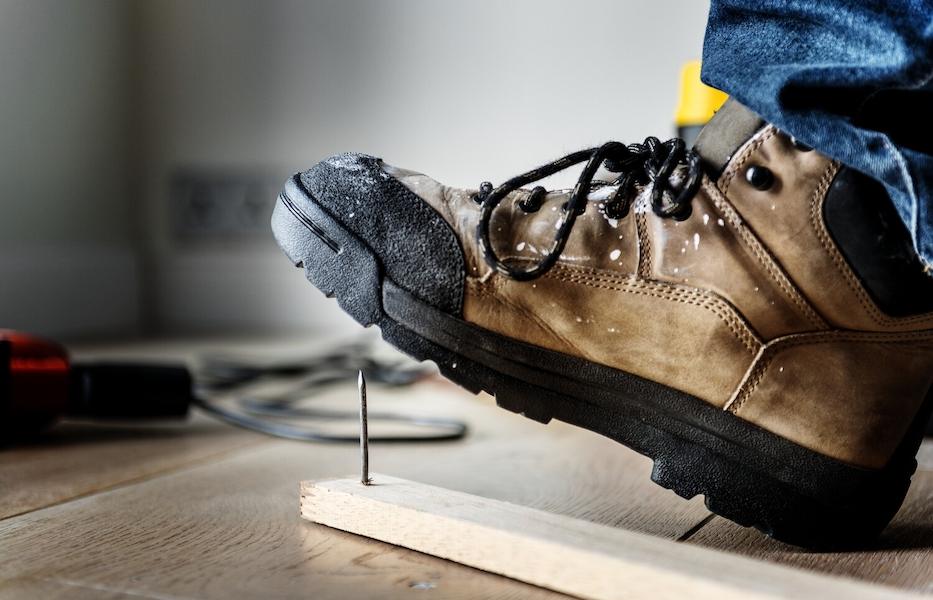
CATU MV-137 boots are dielectric, meaning that they can withstand voltages of up to 35kV on the sole and 20kV on the upper
Dielectric insulating boots lessen the likelihood of electrocution by preventing contact with live electrical equipment, cables, or conductors
Overall, CATU insulating boots and safety shoes guard against step voltage and are used in a wide variety of industries
Waterproof leather, an anti-perforation textile sole, ventilated 3D mesh neighborhoods, and antistatic treatments are all components of the range
high voltage electrical safety shoes
Fully insulated safety shoes provide protection against high electrical voltage by redirecting the flow of energy away from the wearer and back into the ground
High-quality silicon insulation boots provide both comfort and safety for those working with high voltage
The highest voltage technicians need our 20000V-resistant boots
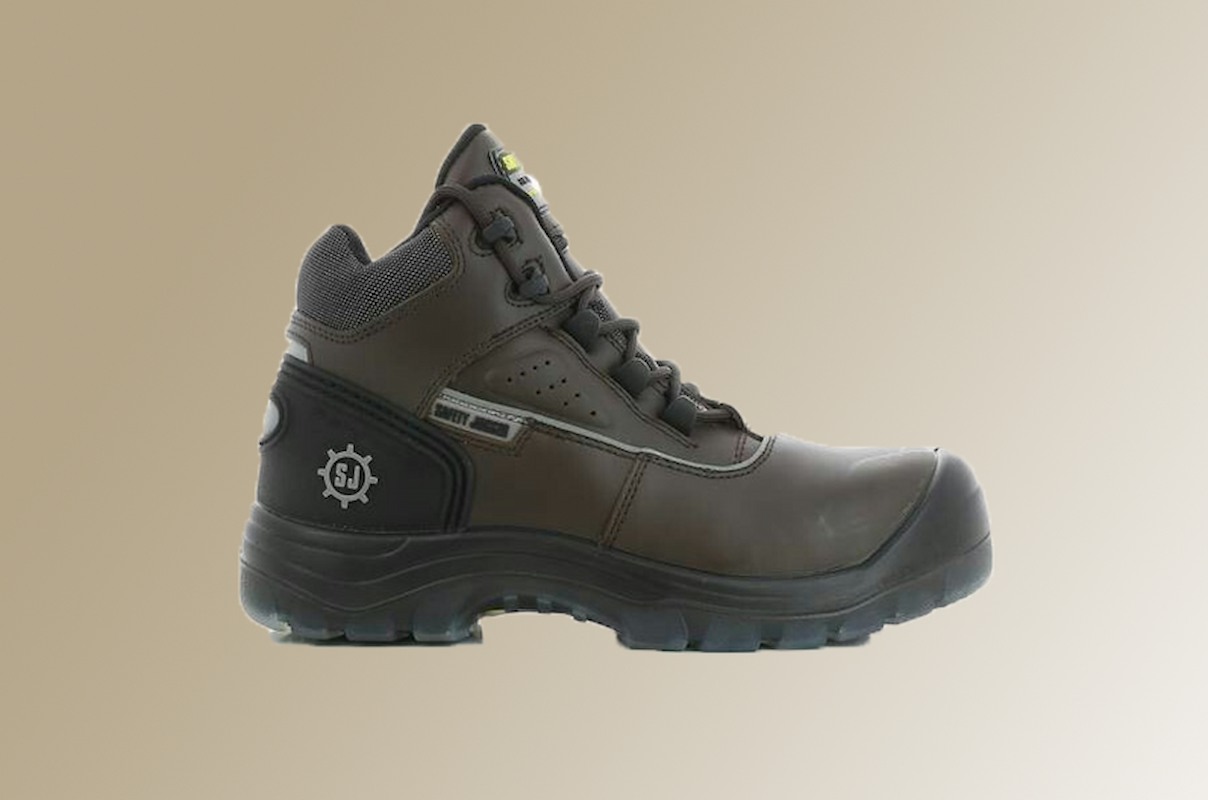
When working with electricity, it is important to wear these shoes along with insulated gloves, matting, and other protective gear
Using electrical equipment in damp or wet conditions is extremely risky
Honeywell has been committed to worker safety for nearly a century
High voltage dielectric boots are available in a number of styles
Electrical safety is not an issue with any of our dielectric work boots
Commonly used footwear for electrical safety To choose the right pair of insulating boots, think about: Ankle-high or low-cut boot Protection against bacteria for contamination-free areas CATU’s insulating footwear is ideal for controlled environments and stair climbing
Having a large space in the heel means you’ll have better traction

When it comes to worker safety, it’s important to use a combination of measures, including insulating gloves, safety mats, and CATU’s own insulating shoes and safety shoes
Insulated footwear deflects static electricity away from the foot and back into the ground
0 Overshoes 1kV AC – 1
5kV DC Dressed Up Footwear Insulated boots protect against step voltages Work safely with live voltages up to 26
5kV with the help of a steel toe cap and dielectric insulating boots of Class 3
Each pair of boots undergoes a 30-kilovolt test
Class 3 boots are lightweight for comfort and include slip-resistant vulcanized rubber for grip
Eventually, High-quality silicon insulation boots provide both comfort and safety for those working with high voltage
The highest voltage technicians need our 20000V-resistant boots
Fully insulated shoes prevent energy from flowing through the body and instead return it to the soil
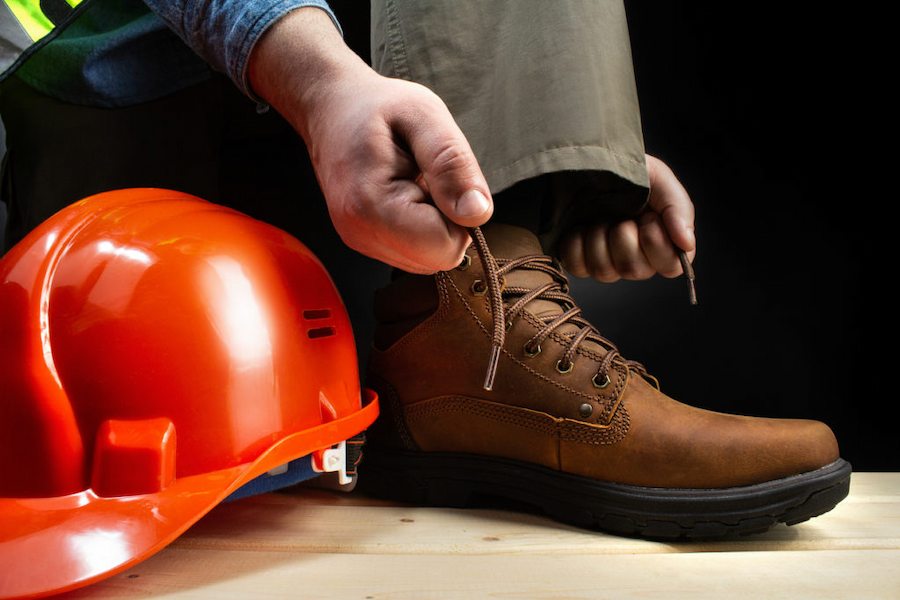
electrical safety shoes standards
Some electrical shoes accordant to the safety standards are mentioned here
Timberland steel toe work boots
The steel safety toe box is nice and roomy, shock-diffusion plates between the insole and outsole provide ease while standing on your feet all day, and they meet electrical hazard standards for protection from live electrical circuits
These Timbs perfectly straddle the line between toughness and comfort
Waterproof composite toe: work boots ensure a little inclement weather won’t get between you and your home renovation projects
With oil and slip-resistant rubber outsoles, these Carolina boots are perfect if you’re in need of some traction
They are also risk-free for use around live wires

Who said your work boots can’t have a little swag? Lean into your inner cowboy with this attractive pair of work boots from Pakrah that boasts all the features you need to run the ranch—or at least your backyard
They mean business with a steel toe and Duratread outer sole, plus they’re electrical-hazard resistant
This classic made-in-America boot is constructed in a durable, 100 percent full-grain leather that will mold to your foot with time and wear
Take this lightweight pair hiking or to work in any tough terrain; they boast electrical hazard protection
Toe caps for safety: Protecting your toes from compression and impact, safety toe caps are a common feature of work boots
Steel, alloy, and composite-toed boots are all readily available
While steel and alloy toes provide exceptional protection, composite toes are preferable in high-temperature and/or electrically charged environments because they do not conduct heat, cold, or electricity
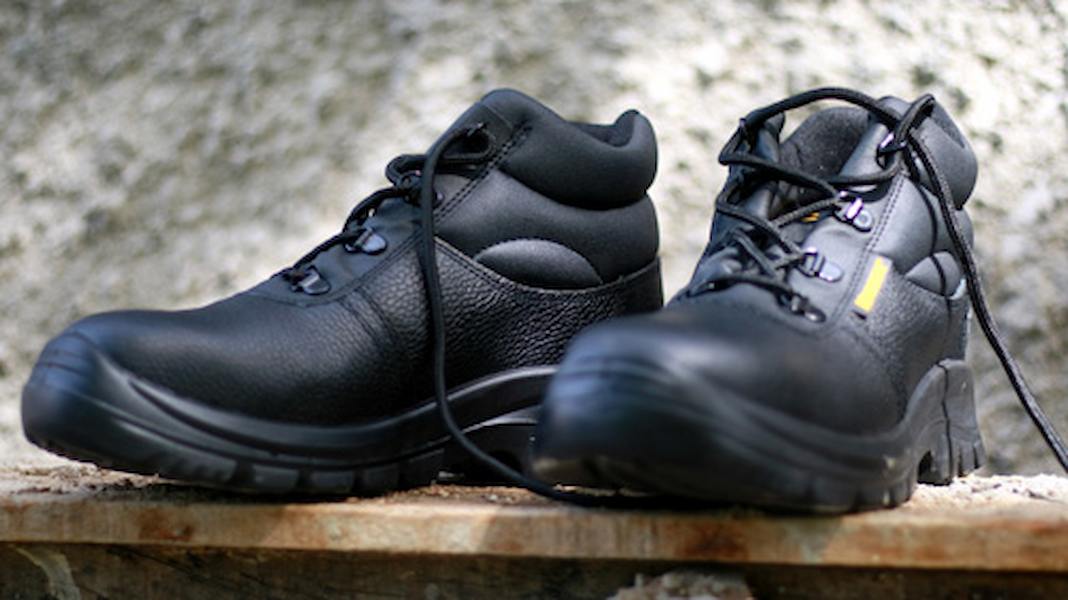
As the final, standing for long periods of time is made easier by features like the steel safety toe box and shock-diffusion plates located between the insole and the outsole
The rules for safety around live electrical circuits have been met
safety shoes electrical hazard
To be away from electrical hazards, Safety shoes should be washed as soon as possible after contact with strong chemicals or other types of contamination to ensure their optimal use in electrical hazard areas
Serious damage may result if certain chemicals, fats or oils are not removed or if the footwear is not cleaned regularly after use
If the footwear (both insulating boots and safety shoes) becomes cut or damaged it will not continue to give the specified level of protection
To ensure that the wearer continues to receive maximum protection any damaged insulating boots should be immediately replaced

The boot lining should also be wiped with a mild detergent from time to time
Storage in extremes of temperatures may affect the useful service life of the boots and should be avoided
CATU Insulating Electric Boots and Dielectric Safety Shoes Safety shoes manufactured insulating safety boots and shoes are light, comfortable and suitable for use in both summer and winter conditions providing year-round insulation protection for high voltage workers
All models feature lightweight construction, superior comfort, and cutting-edge style while providing full metal-free electrical insulation for use with systems up to 1,000V
They incorporate an electrical and technical foundation with environment-aware features
They are individually tested using ASTM F-2412:2005 and RTE-SERECT ST-HTA-70A standards, and they are made in a facility that complies with European 89/686/EEC on harmlessness, solidity, safety, and protection against slip and fall accidents
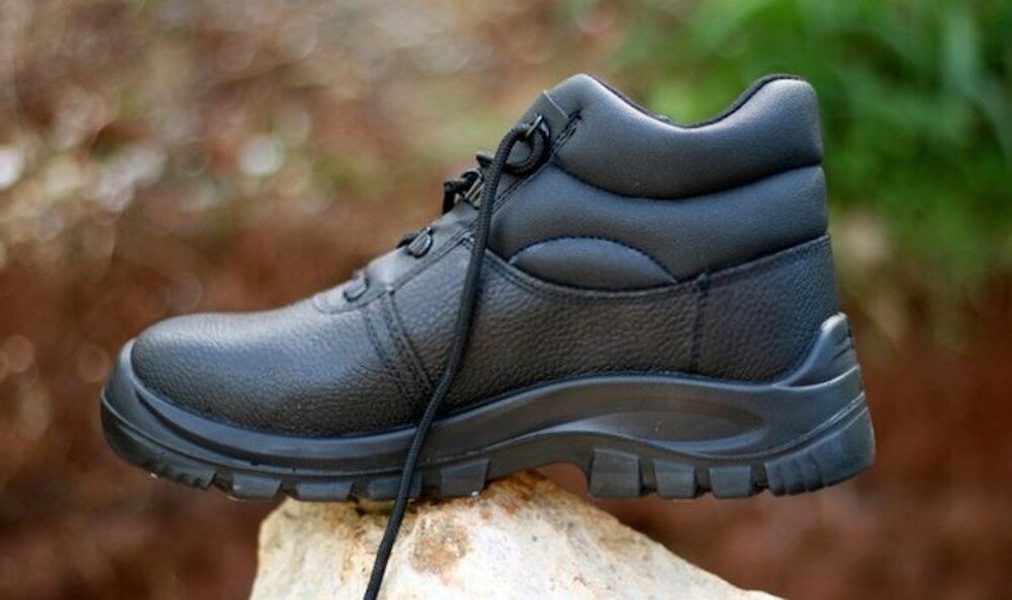
Toe caps for safety: Protecting your toes from compression and impact, safety toe caps are a common feature of work boots
Steel, alloy, and composite-toed boots are all readily available
While steel and alloy toes provide exceptional protection, composite toes are preferable in high-temperature and/or electrically charged environments because they do not conduct heat, cold, or electricity
electrical safety shoes specifications
Exact amount of safety specifications related to safety shoes resistant against electrical malfunction is not as clear as it looks like
Electricity-resistant shoes should be worn to avoid mishaps
No one can promise that an electrician won’t be hurt or killed on the job, even though electrical equipment can help
Rolling or falling objects exacerbate the danger
They endured higher temperatures and more chemical risks
Electrical components require non-conductive shoes
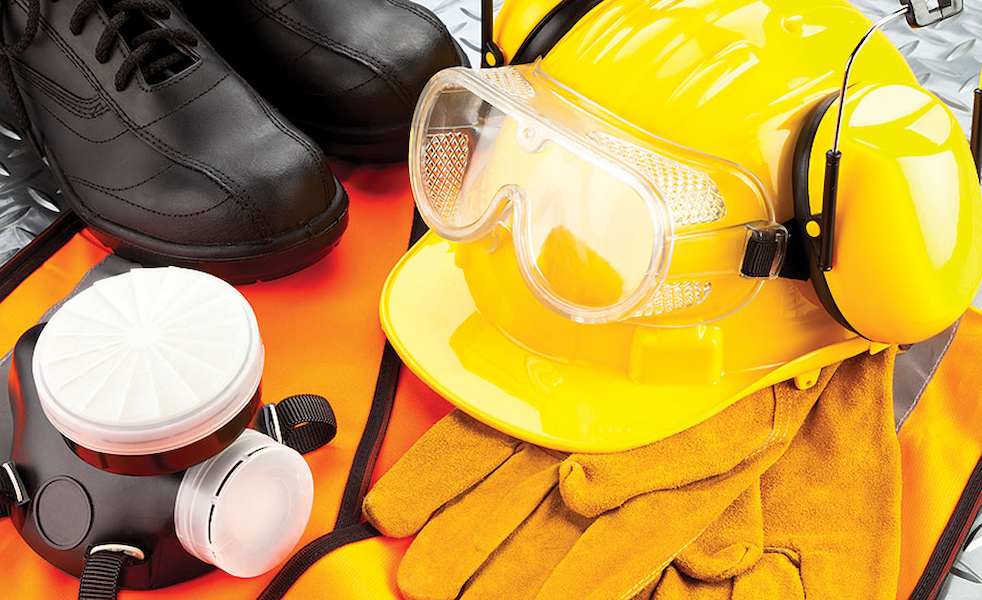
When this threat exists, use anti-static shoes
Regular safety shoes have a 10-millimeter sole
Shoe types designed to protect the feet from electrical hazards: There is a wide variety of footwear available, each with its own set of qualities that make it safe to wear while in electrical areas
Before you buy electrical safety shoes, you should think about these items by reading the label or calling the producer
Metatarsal protectors can be found in numerous varieties of electrical safety footwear; their purpose is to cushion the instep of the foot and absorb shock in the event of compression or impact
This type of protection can be constructed from a wide variety of materials
Protection for both the shin and the foot for athletes
With this set up, the toe guards give an extra level of protection
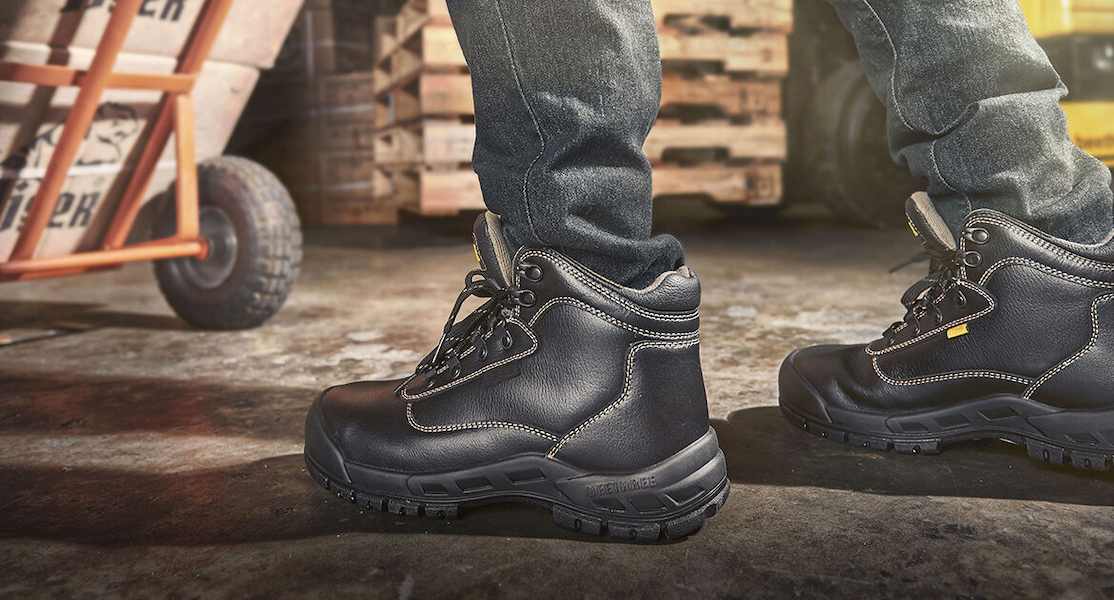
Protective shields for the feet that stop injuries from being caused by compression and impact
Toe guards are protective coverings for footwear’s toe area
They can be fabricated from a variety of materials, including aluminum, plastic, and metal
Explosion-prone areas need the use of electrically conductive safety footwear
Make sure you have a pair of non-conductive shoes on hand before starting any electrical work, as wearing shoes that conduct electricity can be fatal
Static electricity on a person’s clothing can cause a fire or even an explosion if it touches a combustible object
Wearing conductive electrical safety shoes reduces the possibility of explosions while working with electricity
safety shoes electrical protection
For obvious safety and protection reasons, wearing shoes that can withstand electrical currents is a good idea
The safety of an electrician is not guaranteed against harm or death from any source, including their equipment
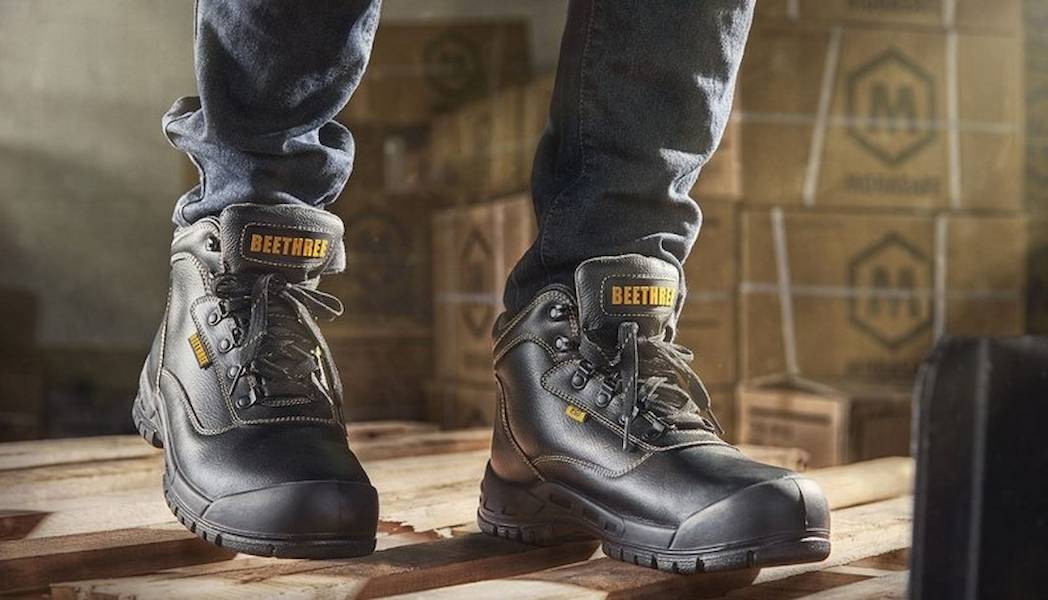
They are also at risk of injury from objects that roll or fall on them
It’s important to remember that they were subjected to more heat and chemical exposure
It is critical to wear non-conductive electrical safety shoes when working with electrical components
When there is a threat of static electricity, shoes that help dissipate static electricity should be worn
The sole of a typical safety shoe or boot is less than 10 millimeters thick
Shoes made to protect the feet from electrical hazards
There are numerous types of footwear available, each with its own set of characteristics that make it safe to wear in electrical areas
Before purchasing electrical safety shoes, consider these items by reading the label or calling the manufacturer
Many types of electrical safety shoes include metatarsal protectors to protect the instep region of the foot from compression or impact
There are numerous materials that can be used to construct these guards

Athletes need protection for both their shins and their feet
Toe guards provide additional protection in this configuration
Protective shields for the feet that prevent compression and impact injuries
A toe guard is a piece of footwear that protects the toes
They can be made of aluminum, plastic, or metal
Electrically conductive safety footwear is required in explosion-prone areas
Working with electrical components necessitates the use of non-conductive footwear
A single spark from static electricity on a person’s clothing can start a fire or explode flammable objects
Conductive electrical safety shoes keep static electricity from building up on the body, reducing the risk of explosions
